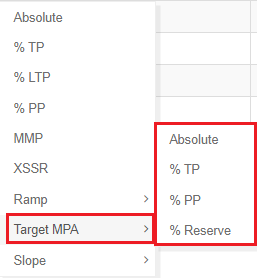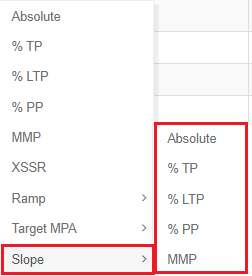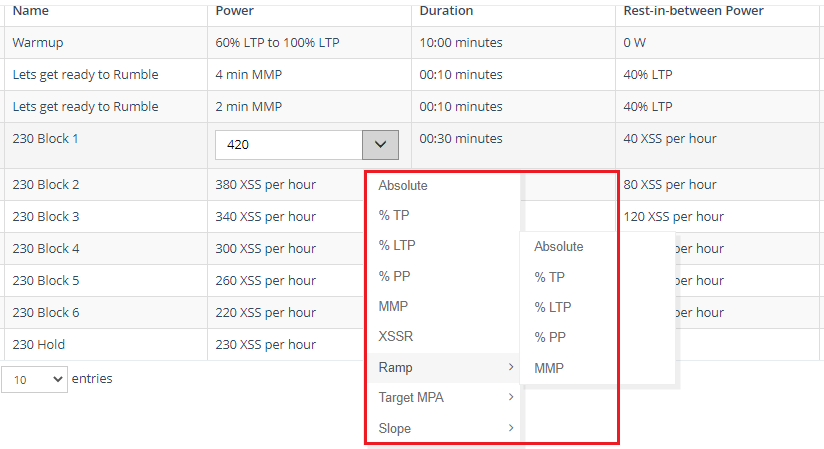Geez… All this time I have been compiling this answer you’ve already hashed things out. ![]()
Oh well, no point in wasting it…
For indoor workouts you should use your phone to get the full benefits of Xert workouts.
Outdoors you want a Xert workout player to reproduce the same or some Xert data fields to use instead.
The problem is Wahoo’s current generation of devices runs an older crippled version of Android that is locked down. The API is limited to send/receive/sync data. They don’t have an applet platform like Connect IQ from Garmin nor can they support Android apps like Hammerhead Karoo. [Xert EBC lists in the App Store on a Karoo and Xert data fields under Profiles.]
Any Xert data fields that are possible to add would have to be coded by Wahoo and included in a firmware update.
I understand the convenience factor of two-way sync, but there is more to it than simply converting a Xert workout to Wahoo’s “standard”.
Do you really want a snapshot of an oil painting printed in black and white? The artwork may be recognizable but all the colors are gone so what’s the point of hanging that copy on your wall? ![]()
Xert creates workouts tied to your fitness signature using a variety of advanced options. Converting workouts to %FTP blocks is asking Xert to dismiss their enhanced methodology and dumb down intervals into %FTP blocks. That may work in some cases but not for many others. Either too many block steps are required to simulate the workout or there is no equivalent for the interval type in use.
This issue isn’t limited to variable duration/power intervals.
Here are the interval options in Xert for work and rest targets:


Here are the options for most other platforms, plans, website downloads, and old-school training books:
%FTP
AUTO mode in Xert players executes Xert workouts as designed including mixed mode, variable intervals, curvilinear, XSSR, and much more. Exporting a Xert workout removes all those functions and converts the intervals to %FTP blocks (if possible). If that is really what you want you may as well use ANY block workout from ANY source including Wahoo.
[TrainerDay has 10,000+ old-school block workouts to choose from including a few misguided contributions labeled Xert “SMART” workouts which obviously are not. ![]() ]
]
Until Wahoo adds support for 3rd party apps and data fields there isn’t anything Xert can do. Perhaps Wahoo’s next-generation devices will resolve the issue with an upgraded version of Android that isn’t locked down and crippled. Until that happens you can import plain old block workouts from any source. Sync the results to Xert and you’ll get the benefits of Xert tracking, analysis, and advice. Indoors use your phone to run Xert workouts as they are designed to be ridden. The only gap is outdoor workouts but most cyclists don’t try to follow prescribed workouts outdoors. Many free ride (RPE and HR) while others rely on Xert data fields when managing outdoor rides but any custom data fields need to be added by Wahoo. Back to square one. ![]()
Reference (note Coach’s Tip at end of this article) –
